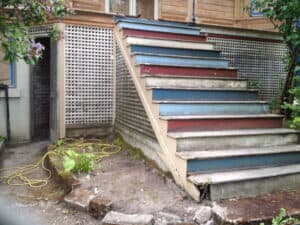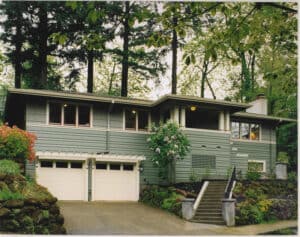Step Five: The Build Process
After you’ve reviewed final specifications with the designer and before construction begins, you should sign a construction agreement with a firm contract price. Know what your contract includes; for example, is the cabinet pricing for custom or off-the-shelf units? Subsequently, you should meet with the contractor, designer and carpenters in a pre-start conference to discuss the process in detail. Make sure you get a formal schedule, showing the start and completion dates for the various construction phases, as well as payment due dates. Typically, contractors will bill you for each construction phase as it starts.

As construction is gearing up, you’ll want to make sure your contractor has gotten the proper permits. Also, get to know the people on your job, especially the jobsite supervisor. This is typically the go-to person for any questions you might have. Know the production manager, to whom you might need to turn if you’re in any way dissatisfied with the on-site supervisor. For your part, make sure you communicate clearly any special concerns, from items you want salvaged to pets you fear might escape.


The construction phase is necessarily disruptive to varying degrees, and the contractor should minimize that by ensuring good communication, daily clean up, proper enclosure of the work space, and adherence to the schedule. As the project nears completion, you and the contractor should create a “punch list” of final tasks and touch-ups. The project should be considered complete only when you and the contractor have done a final inspection of the job, ensuring the list has been completely addressed.

Finally, make sure to note the warranty expiration date, and ask how warranty issues are handled. Now that the dust has settled, enjoy your project. Doesn’t that smile on your face make you glad you took that first step?
